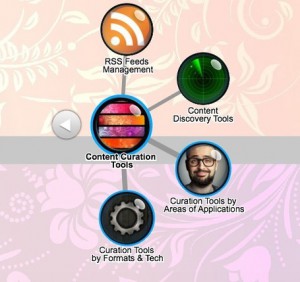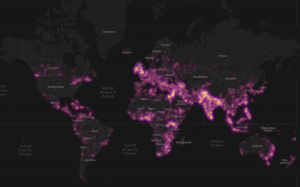
If you are looking for your ideal content curation toolkit here is my new completely updated supermap, listing in over 30 categories all of the tools and services you may need to curate any content, from video to news. This new supermap includes all of the tools and services that were already listed on NewsMaster Toolkit, with the addition of 25 new tools and with a much better organization of categories and labels. My choice for organizing and recreating this supermap has now fallen on Pearltrees, the only content curation tool that can easily handle most of my key requirements for such a large collection of tools. Nonetheless there are over 400 tools listed in this supermap, Pearltrees makes it a breeze to navigate through them, and to add new ones to the relevant branches. The supermap is now being updated daily.

P.S.: I already feel the need for having a PRO account, which could allow me to further edit the pearls collected, to preserve original web pages saved, and to add images to pearls that weren't able to capture one from the web.
Enjoy the new supermap here: http://bit.ly/ContentCurationToolsSupermap. Try it out and let me know what you think. (*and if you think I am missing some tools or can improve with my taxonomy, feel free to send me in your suggestions!)






